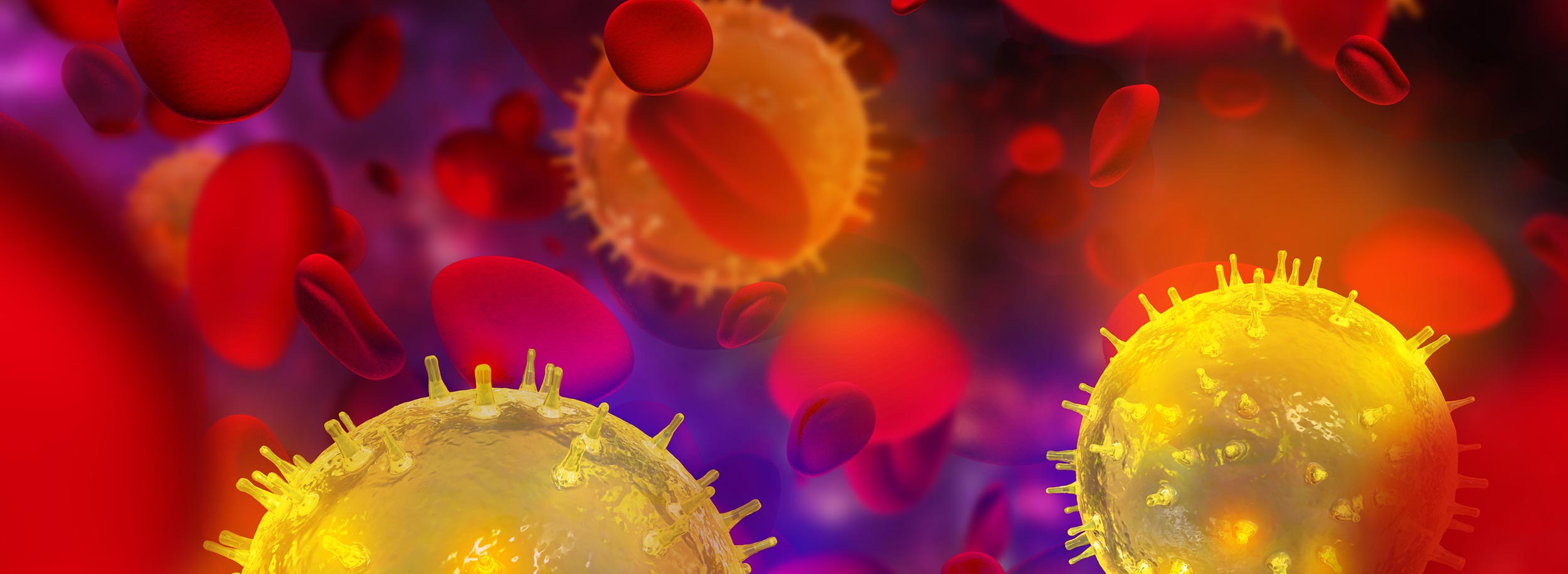Most of the pills and injectable medications you take today are made from inert materials in a lab somewhere, but the stuff you may take next year could be made from body cells or plants. They work really well. Perhaps they’ll even cure your problem, but currently they are very expensive.
You’ve heard about them – new kinds of medicine used to treat cancer, arthritis, multiple sclerosis, AIDS and other debilitating diseases – but you may not know that something very like them will be widely available soon and more affordable. They’re called biologics and the oldest of them are coming off patent very soon. So pharmaceutical companies all over the world have developed less expensive versions and want to hit the U.S. market as quickly as possible.
Government at both the federal and state level is grappling with the issue of how to substitute the expensive drugs with the newer versions while ensuring the substitutes work without causing harm. The first issue was what to call them. Cheaper versions of original drugs with inert ingredients are called generics, which means they are virtually identical to the original and work in exactly the same way.
But since no two living organisms are precisely alike, cells grown in one lab won’t be identical to cells grown in another. So they can’t be accurately described as generic. New versions are called bio-similars, or briefly bio-sims. They’ll be considerably less expensive than the original meds because their manufacturers didn’t have to cover the costs of research.
Predictions are that patients could save as much as 30 percent of current costs. That’s a huge savings to insurers, including the State Health Plan, Medicaid, and Medicare. But since the bio-sims won’t be exactly like the original drugs, the results they produce may not be exactly alike either. Even the most subtle differences in molecules can be important.
Assemblywoman Pamela Lampitt, D-Camden, believes both doctors and patients should be aware of exactly what they’re taking, so she’s introduced bill A2477 to spell out rules for dispensing and reporting. As with today’s generics, a physician could write “Do not substitute” on the prescription and the pharmacist must follow that instruction.
Otherwise, a pharmacist, using a list prepared by FDA, may substitute a bio-sim for the original medication but would have to print on the label the name of the dispensed product noting it is an interchangeable bio-sim, and within five days notify the prescribing physician the substitution was made. Pharmacy representatives don’t like the notification requirements. Some say they would be too costly and time-consuming, while others believe they might lead patients to feel they’re getting an inferior product.
The bill’s co-sponsor, Assemblyman Herb Conaway, D- Burlington, who is a medical doctor and chair of the Assembly Health Committee, has held one hearing on the bill but no action was taken. Sen. Joseph Vitale, D-Union, the Senate sponsor, is waiting for the Assembly to act before he jumps into the fray. Eight states have enacted similar laws recently.
The Washington-based Alliance for Safe Biologic Medicines strongly supports the bill’s requirement to notify physicians because they believe tracking and monitoring the use of bio-sims is essential to lessen risks and foster continuing improvements. Lampitt says the FDA is likely to have bio-sims approved before the end of the year, so her goal is to have this legislation passed by June, allowing time for physicians and pharmacists to get ready. Patients are ready now.
EDITOR’S NOTE: A former state assemblywoman from Jersey City, Joan Quigley is the president and CEO of the North Hudson Community Action Corp. in Union City. Her column appears in The Jersey Journal every Tuesday.
